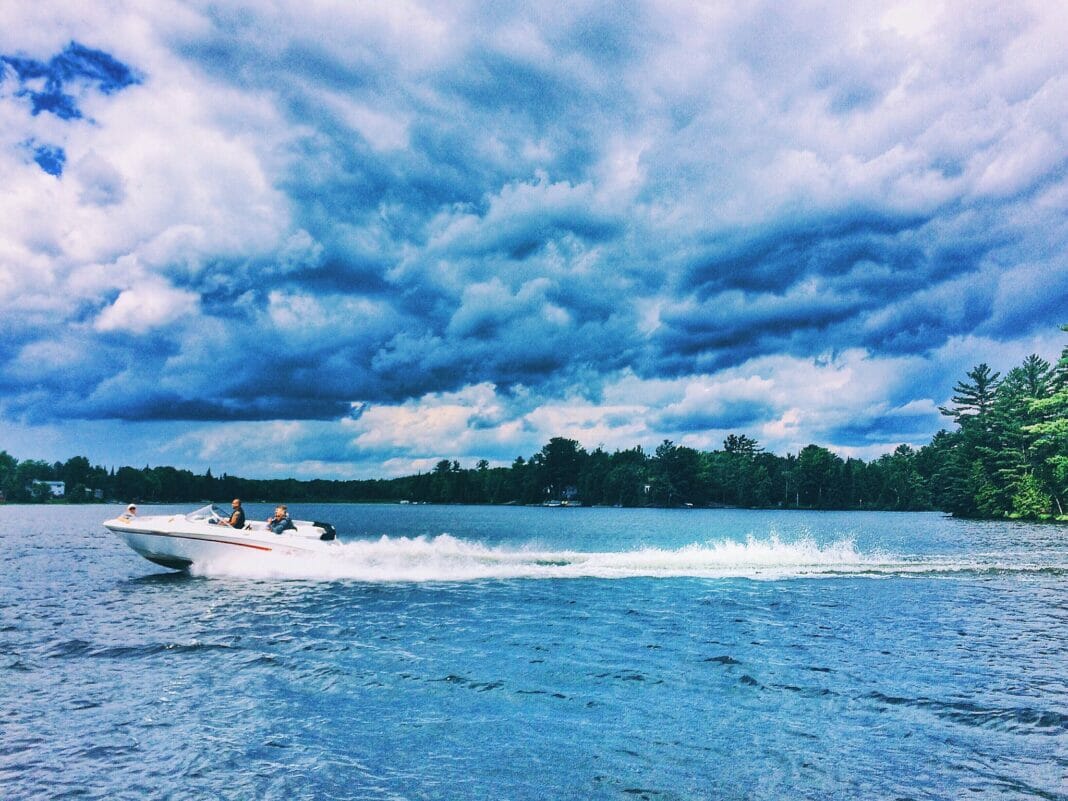Boating is a popular recreational activity enjoyed by millions of people every year. However, with the rise in boating traffic, it’s essential to maintain proper safe boating practices to ensure everyone’s safety on the water. One crucial aspect of safe boating is understanding “no wake zones” and their importance. This article will explain what a no wake zone is, why they exist, and the various rules and regulations surrounding them that every boater should be aware of.
What is a No Wake Zone?
A no wake zone is an area of water in which boaters are required to keep their speed low enough to not create a wake, or to not create a significant wake behind their boat. A wake is the succession of waves produced by a boat or any other moving object on the surface of the water. Boats traveling at high speeds create larger wakes, which can have detrimental effects on the environment, other boaters, and even nearby structures.
No wake zones are typically designated by regulatory buoys or signs that display the words “no wake” or “slow – no wake” along with a symbol of a boat and a crossed-out wave.
Why Do No Wake Zones Exist?
No wake zones are primarily established for the safety and protection of people, property, and the environment. They serve a number of important purposes:
Safety
Large wakes can create hazards for smaller boats, kayakers, paddle boarders, swimmers, and people fishing near the shoreline. These waves could capsize small watercraft or cause them to lose control, potentially leading to injuries or fatalities. No wake zones help reduce these risks by requiring boats to maintain a slow speed.
Environmental Protection
Wakes, particularly those generated by larger vessels or boats traveling at high speeds, can contribute to shoreline erosion and disrupt the habitats of marine life. By enforcing no wake zones in sensitive areas, authorities can protect ecosystems and preserve the natural environment for future generations.
Property Protection
Large wakes can cause damage to marinas, docks, and boats that are moored or anchored. No wake zones help minimize damage and protect the property of those living and working around waterways.
No Wake Zone Regulations and Enforcement
Each state and local jurisdiction may have their own specific rules and regulations regarding no wake zones. These regulations typically fall under one of the following categories:
General Speed Restrictions
Some jurisdictions establish general speed limits for specific waterways. For example, in most cases, a 5 mph speed limit is enforced within 200 feet of a shoreline, dock, swimmer, or other boat on US waterways.
Designated No Wake Zones
Specific locations, such as marinas, heavily populated waterfronts, and environmentally sensitive areas, may be designated as no wake zones by local authorities. In these areas, boaters are required to maintain a slow speed regardless of their proximity to shorelines or other boats.
Temporary No Wake Zones
During special events or emergency situations, authorities may temporarily designate a specific area as a no wake zone. Examples include swim or paddle board races, waterfront concerts, or areas with recent flooding or hazardous conditions.
Boaters are expected to know and follow the no wake zone rules applicable to their location. Failure to comply with no wake zone regulations can result in fines, legal penalties, and even suspension of boating privileges. Enforcement is usually carried out by maritime police or coast guard personnel who patrol waterways to ensure the safety of all users.
Tips for Boating in No Wake Zones
Here are a few tips to help navigate no wake zones safely and responsibly:
- Be aware of your surroundings and look for signs or buoys indicating a no wake zone.
- Know the specific rules and regulations for the area in which you are boating, as no wake zone distances and speed limits may vary.
- Always maintain a safe speed in no wake zones, usually around 5 mph or the speed at which your boat does not create a significant wake.
- Be courteous to other boaters, swimmers, and property owners by observing no wake zones.
- Monitor your speed and wake size and adjust accordingly if needed.
No wake zones are an essential aspect of safe and responsible boating. By understanding and adhering to the rules and regulations surrounding no wake zones, boaters can help ensure everyone’s safety on the water, protect the environment, and minimize property damage. Happy boating!


